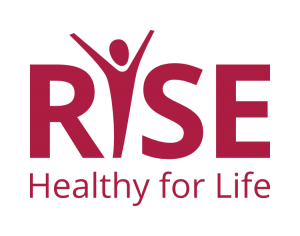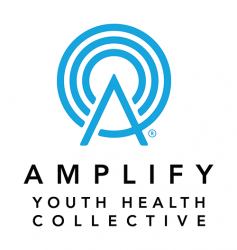This workshop is designed for sex ed and family life educators who want to make their programs more accessible to people with a variety of disabilities, particularly autistic people and people with intellectual and developmental disabilities (IDD).
Adding these skills to your toolbox makes affirming, inclusive education more accessible for all participants..
“Accessible Sex Ed” also covers how to talk with caregivers about the importance of complete, fact-based education for all people, especially neurodiverse folx.
Funding to develop this training was provided in part by the Tennessee Disability Coalition.



